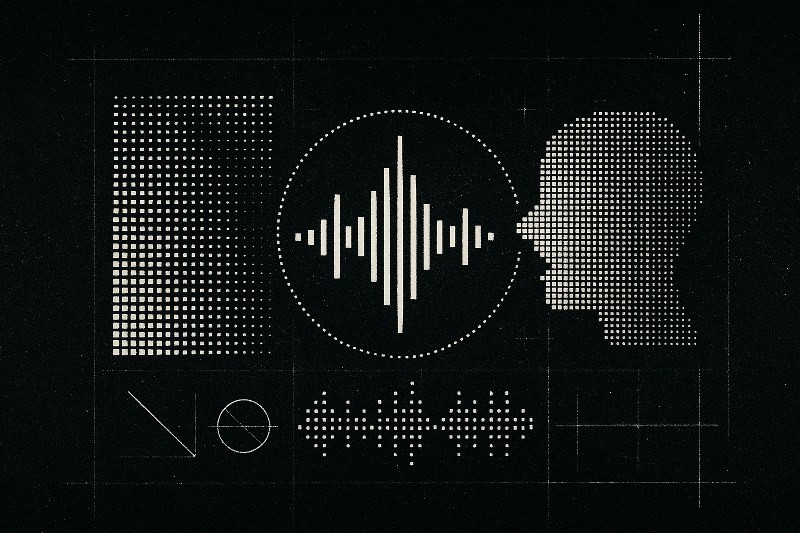Complete Guide to Voice Synthesis Technology
Understanding the technology behind natural-sounding AI voices and how to get the best results. Learn about neural networks, voice models, and best practices.

Introduction to Voice Synthesis
Voice synthesis technology has come a long way from the robotic-sounding voices of the past. Modern AI-powered voice synthesis can create incredibly natural-sounding speech that's almost indistinguishable from human voices.
How Neural Voice Synthesis Works
Neural voice synthesis uses deep learning models trained on vast amounts of human speech data. These models learn to recognize patterns in text and generate corresponding audio waveforms that match natural human speech patterns.
Key Components of Voice Synthesis
- Text analysis and preprocessing
- Phoneme generation and mapping
- Neural network processing
- Waveform generation
- Audio post-processing
Best Practices for Voice Synthesis
Follow these guidelines to get the most out of voice synthesis technology:
- Use natural language and avoid complex abbreviations
- Break long text into manageable chunks
- Review and edit text for optimal pronunciation
- Test different voices for your content
- Consider your audience's preferences
Future of Voice Synthesis
The future of voice synthesis technology looks promising, with ongoing developments in:
- Emotional expression and tone control
- Real-time voice adaptation
- Multilingual capabilities
- Enhanced naturalness and fluency
Conclusion
Voice synthesis technology continues to evolve, offering increasingly natural and versatile options for converting text to speech. By understanding the technology and following best practices, you can create high-quality audio content that engages your audience effectively.